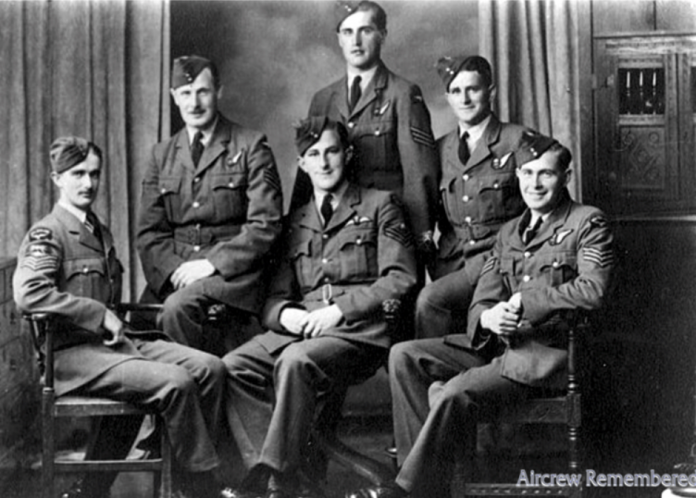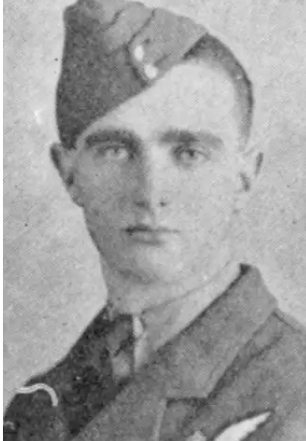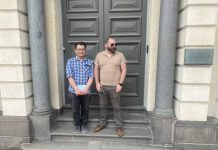
A new project by the South Canterbury Genealogy Society is ensuring the stories of the men and women from South Canterbury who served in World War 2 are preserved and remembered. As the project progresses society convener Liz Shea will be sharing some of these stories with The Courier. This week we remember Flight Sergeant Ernest Robert Armstrong, Ser No 427084.
Flags were flown at half mast in Geraldine on December 6, 1944 in a mark of respect for the death of one of their residents, Flight Sergeant Ernest Robert Armstrong.
Ernest had been killed in action in World War 2 on November 14 when the Fortress aircraft he was in crashed on its return from a bombing raid over Europe. He was only 20 .
Ernest was the only son of Charles Edwin and Agnes Swinbourne Armstrong (nee Handford) of Geraldine.
Born January 11, 1924, he attended school in Geraldine and later at Timaru Technical College.
He worked on his father’s farm and was a keen apiarist.
According to his obituary in a Timaru newspaper in 1944, he was also a popular member of the Geraldine Band, and while on service was a member of the Air Force band.

He was one of the first two Air Training Corps cadets from South Canterbury to join the Royal New Zealand Air Force in July, 1942.
Ernest enlisted on the July 9, 1942, as an aircraft hand but remustered as a wireless operator/air gunner on the November 28, 1942, and then embarked for further training in Canada on February 12, 1943.
While in Canada he was awarded his wireless operator/ air gunner badge and promoted to sergeant on November 15, 1943.
He then set off for England on December 14, 1943.
He had further training with the No 11 Operational Training Unit, flying Wellington bombers and then on Stirlings with the No 1657 Heavy Conversion Unit on August 3, 1944.
By September 20, 1944, he had joined the 214 Squadron with a total of 246 flying hours logged.
On November 14, 1944, he was a member of the crew of Flying Fortress Mark III HB787 that was reported as having crashed due to poor weather conditions near Falkenham, Norfolk on return from operations over Europe.
Further research on various websites indicated that there was fog over England on their return and they were redirected to another air force base with fog dispersal machines.
After a number of circuits, the tower lost contact with the pilot and he appeared to miss the runway completely and crashed into a nearby paddock.
All 10 crew members were killed and the plane was burnt out.

The final report cited the poor weather, lack of experience by the crew and that they should never have tried to land such a large plane at that airfield.
Ernest was one of four Kiwis that were on this flight including the pilot.
Three of the Kiwis were buried at Cambridge City Cemetery in Cambridgeshire, England and were given military funerals.
Their graves are maintained by the Commonwealth War Cemetery Commission.
Ernest’s story is one of the many being preserved by the South Canterbury Genealogy Society’s project on South Canterbury service men and women who served in WW2.
The society welcomes further photos and stories from WW2 that they wish to preserve for future generations.




